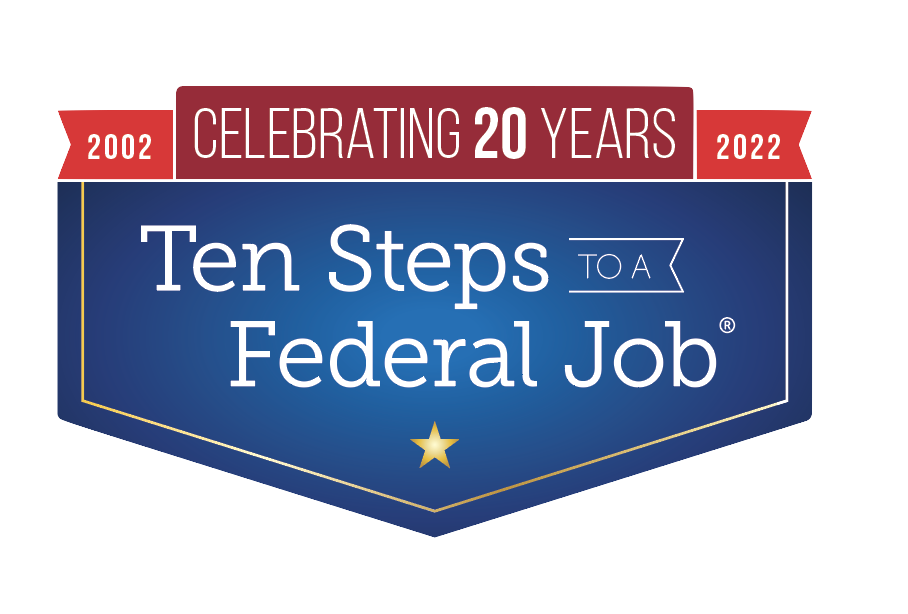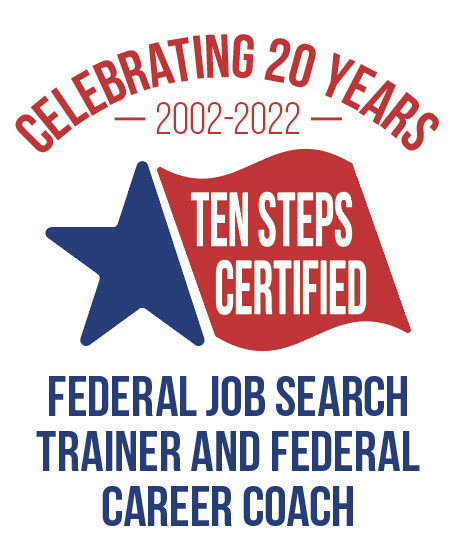Context:
In 2001, because of my experience handling large conventions as well as NFL team visits, I was recruited from my hotel position in New Orleans, to lead the coordination and successful execution of Hotel services for the largest hotel in Jacksonville, FL. The hotel had been selected as NFL Headquarters for the 2005 Super Bowl XXXIX.
Challenge:
This would be the largest event ever held in Jacksonville and all 963 guest rooms and 110,000 square feet of event space in the hotel had been reserved by the NFL; some of it 6 weeks in advance of the game. Because this was such a huge endeavor for the city and the hotel, there was some trepidation on the part of the NFL that we would be up to the challenge.
Everything was a concern: planning for service, security, allocation of suites and guest rooms, allocation of meeting space, the use of outdoor space, food, beverage, décor for events, smooth check-in and check-out, shipping, transportation, even temporary housing for additional hotel staff required during Super Bowl week.
My job was to ensure that all the details were handled and communicated, and to gain the confidence of the NFL planning staff.
Action:
Over the course of two years I held regular meetings with hotel management, department heads, key staff, and vendors. Key staff and I attended meetings with NFL Executive planners, local police, local Super Bowl Committee, NFL Security, producers for the half-time show, and more. I kept meticulous notes, sent innumerable letters, memos, training lists, equipment lists and personnel requirement lists.
The year before, at the request of the NFL, I spent 10 days before, during and after at the Houston hotel hosting the NFL headquarters so I could witness firsthand the execution of “Super Bowl Week.” This definitely provided an insight into the scope and intricacies of the operation and assisted in my planning.
In the year prior to the Super Bowl, I held exponentially increased meetings to coordinate all aspects. I developed intricate charts and spreadsheets to track all the requests for suites and guest rooms for team owners, NFL Officials and other VIP’s along with Food and Beverage events. All assignments (and pretty much everything else) had to be approved by the NFL staff before confirming back to guests. Because of the enormous demand, a great deal of time was spent on fending off companies and individuals trying to get rooms or space under the radar.
NFL Staff began moving into the hotel about 6 weeks before the game and NFL marketing, shipping security, press, brand protection, and many other departments took over the function space for their offices. This included coordinating numerous phone lines, office equipment, computers and electrical requirements without overloading the systems.
Result:
By demonstrating to the NFL throughout this 2 year planning process the commitment of the Hotel Management Staff to the planning and success of the event, we gained their full confidence.
The four day event went off flawlessly, all hotel staff worked harder than they ever had. The 2,000 person cocktail party after the game featuring food from the cities of both teams served as the culmination of the week and was a total success!
The NFL gave kudos to the entire staff, and management and my peers recognized me for my work. The revenue exceeded the forecasted amount by approximately 15% and the most revenue in one week in the history of the hotel, pleasing the hotel owner. This was definitely the most gratifying and enjoyable experience of my hotel career!


